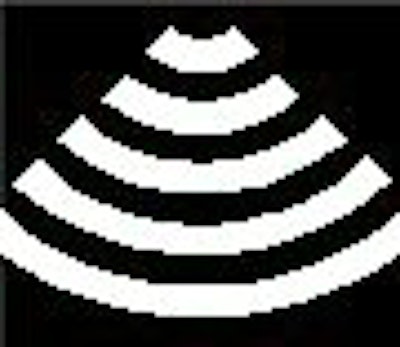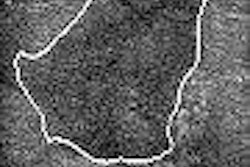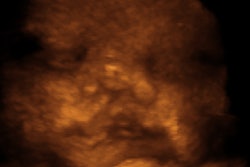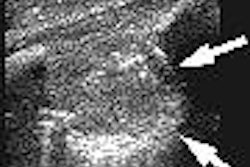
Ultrasound can have a high impact on the diagnosis of nontrauma patients in the emergency department (ED), according to research published in the October issue of the Journal of Ultrasound in Medicine.
"As shown in this study, ultrasonographic examination appears to have a high impact on the discharge diagnosis of patients without trauma in the ED after regular working hours and is concordant with the discharge diagnosis in close to 80% of cases," according to researchers from Rabin Medical Center in Petah Tikva, Israel (JUM, October 2005, Vol. 24:10, pp. 1371-1376).
The researchers performed a prospective study, including data from 136 ultrasound examinations given to patients without trauma afterhours in the ED during January and February 2002. The team then compared the ultrasound findings with the suspected preimaging diagnosis of the referring ED physician and the actual discharge diagnosis from the ED or after hospitalization.
The study included all patients older than 18 who came to the ED between 3 p.m. and 8 a.m., the hours during which the resident is on call duty and is responsible for all ultrasound exams. If needed, a radiologist dedicated to ultrasound was available outside the hospital for consultation.
Abdominal ultrasound exams included a survey of all organs, even if a specific organ was in question, and were performed using an HDI-5000 or HDI-3000 scanner (Philips Medical Systems, Andover, MA). Exams were interpreted solely by the radiology resident on in-house call duty; a dedicated ultrasound radiologist reviewed the scans the following day. If there was a discrepancy (only in two cases), the senior radiologist's decision was accepted, and the referring physician was notified.
Of the 136 ultrasound exams performed, 54 revealed no abnormalities, 48 indicated a different diagnosis from the suspected one, and 34 were concordant with the suspected diagnosis. Ultrasound findings were concordant with the discharge diagnosis in 110 cases (80.9%).
Of the 102 cases in which the ultrasound findings were either normal or indicated a different condition from the suspected one, 81 (79.4%) were concordant with the discharge diagnosis. Ultrasound yielded a diagnosis other than the suspected referral diagnosis in 48 cases. Of these, 37 were concordant with the discharge diagnosis.
Also, 29 of the 34 cases (85%) in which the ultrasound study was concordant with the referral diagnosis were later found to agree with the final diagnosis, the study team reported.
Ultrasound findings were not concordant with the discharge diagnosis in 26 cases (19%). In five of these cases, the findings were concordant with the suspected diagnosis. This included two appendectomies that had negative findings on pathologic examination and two cases of suspected renal colic. In those, ultrasound showed a mild hydronephrosis supporting the diagnosis of a ureteral stone, the researcher said.
One case was discharged, however, with a diagnosis of an upper respiratory tract infection, while the other was discharged without mention of renal colic. The last case involved suspected diverticulitis in a pregnant patient and possible diverticulitis on ultrasonography, but the discharge diagnosis was abdominal pain not otherwise specified, according to the study team.
Ultrasound appears to have a high impact on the discharge diagnosis of afterhours, nontrauma patients in the ED, the authors concluded.
"Also, we advocate a full abdominal survey as opposed to focused ultrasonography in cases of suspected abdominal conditions because of the relatively high yield of unsuspected findings," the authors wrote. "Our study further establishes the role of ultrasonography in the emergency setting; however, larger-scale studies are still needed to corroborate the findings."
By Erik L. Ridley
AuntMinnie.com staff writer
October 14, 2005
Related Reading
US-guided optical breast imaging separates benign from malignant tumors, October 13, 2005
Ultrasound plus alpha-fetoprotein best for neural tube defect screening, October 11, 2005
US-guided hip injections, aspirations prove effective, well received, September 27, 2005
Avoiding false negatives on breast ultrasound, September 23, 2005
Copyright © 2005 AuntMinnie.com



















